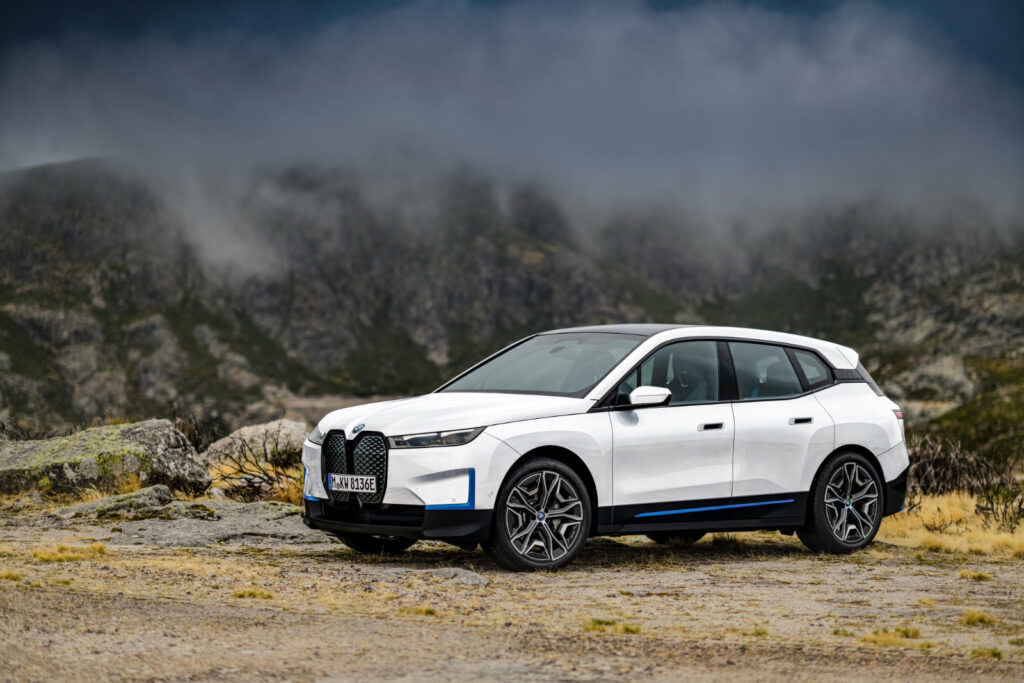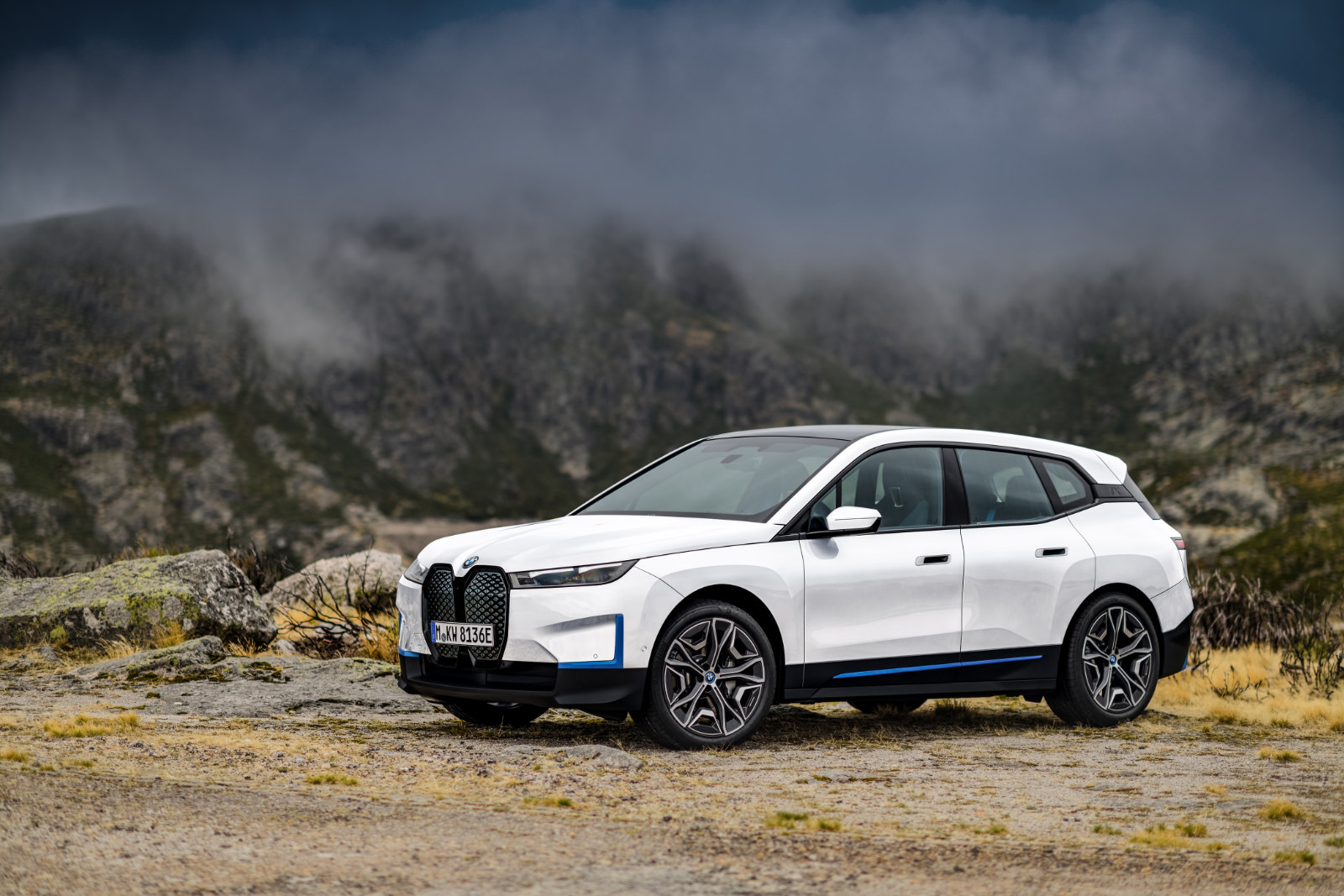We’ve hit 4,700 models on Autocade, and unfortunately the model that sees in the milestone is, to my eyes, visually challenging. Still, there’s a part of me that’s quite curious about the interior and how it drives. Goes to show that there’s no planning in making the BMW iX our 4,700th. I also want to […]
BMW iX takes Autocade to 4,700 models

